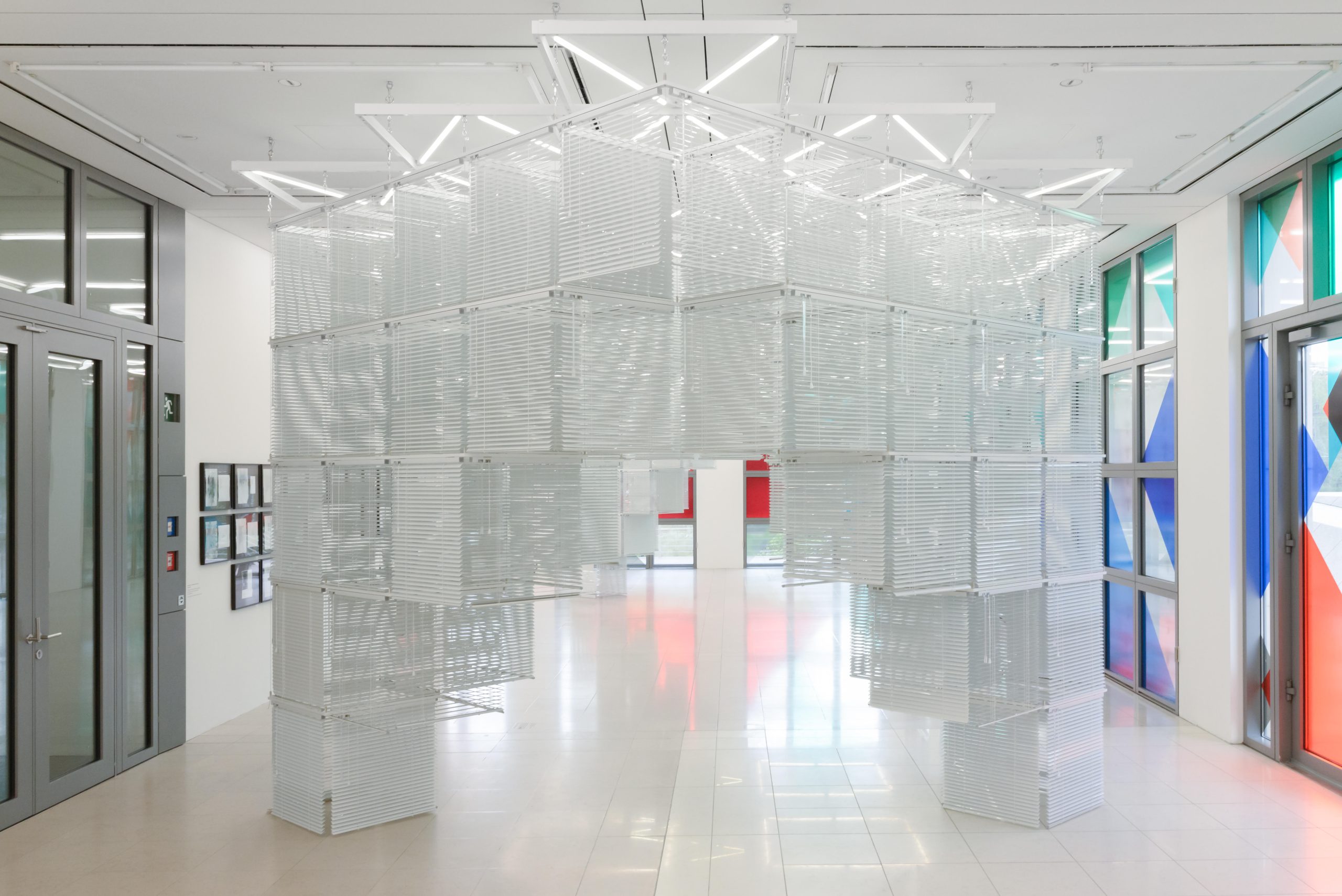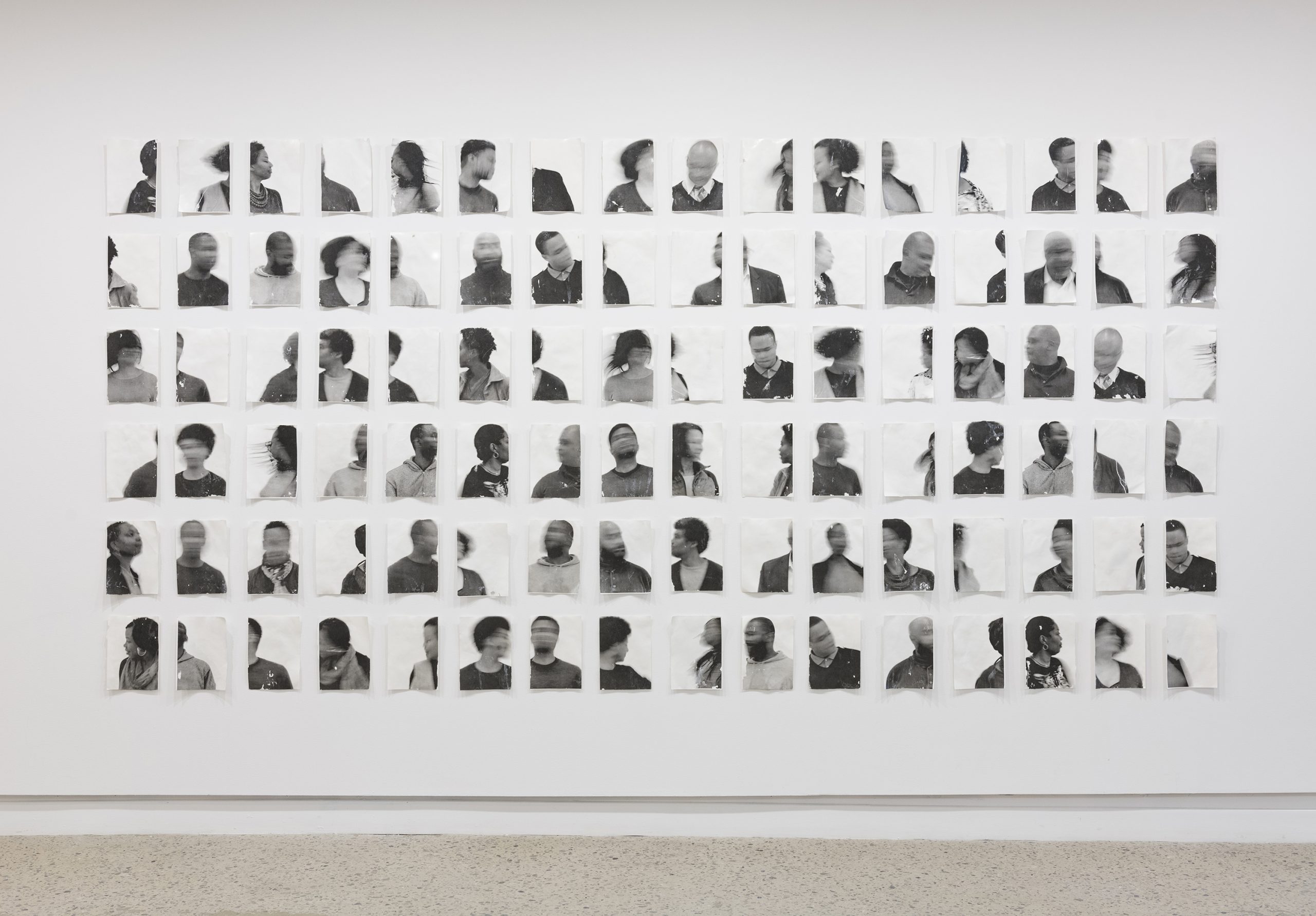How Not to Be Seen
We may not always be aware of it, but we live in an era of continuous scrutiny. Modern technology captures, distributes, and analyzes images and data at ever-increasing rates. We are all subjects of tracking, not only by cameras employed purportedly as a deterrent for crime but also by digital tools used by corporations and governments alike to monitor and evaluate our actions, needs, and desires.
Event/Exhibition meta autogenerated block.
When
May 10, 2024 – September 8, 2024
Where
Marquee Gallery

All eyes are on us. Some people—celebrities, social media influencers, and populist politicians—revel in this hypervisibility. For others, the constant scrutiny is an unwelcome extension of longstanding and targeted surveillance practices, indicative of the racial discrimination and inequity underlying contemporary society.

Visibility in the digital age has become a focal point of investigation. So has its opposite: invisibility. Artists from systematically minoritized and marginalized groups have been at the forefront of modes of thinking and artmaking that explore the latter. How Not to Be Seen features works by a roster of artists from Canada and abroad, including Brook Andrew, Zach Blas, Sandra Brewster, Ruth Buchanan, Charles Campbell, Nick Cave, Ruth Cuthand, David Garneau, Sondra Perry, Amalia Pica, Hito Steyerl, and Haegue Yang.These artists employ strategies either to abstract the self or to use opacity and withdrawal as forms of resistance to these networks of exploitation. From various perspectives and with a range of approaches, these artists all interrupt the expectation that art makes things visible for everyone to see, creating instead new spaces of shelter, protection, and community.

